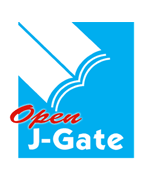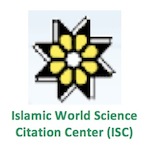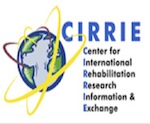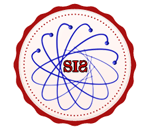


Google Scholar citation report
Citations : 5373
ASEAN Journal of Psychiatry received 5373 citations as per google scholar report
ASEAN Journal of Psychiatry peer review process verified at publons
| Journal Name | ASEAN Journal of Psychiatry (MyCite Report) | ||||
|---|---|---|---|---|---|
| Total Publications | 456 | ||||
| Total Citations | 5688 | ||||
| Total Non-self Citations | 12 | ||||
| Yearly Impact Factor | 0.93 | ||||
| 5-Year Impact Factor | 1.44 | ||||
| Immediacy Index | 0.1 | ||||
| Cited Half-life | 2.7 | ||||
| H-index | 30 | ||||
| Quartile |
|
- Anxiety Disorders
- Behavioural Science
- Biological Psychiatry
- Child and Adolescent Psychiatry
- Community Psychiatry
- Dementia
- Community Psychiatry
- Suicidal Behavior
- Social Psychiatry
- Psychiatry
- Psychiatry Diseases
- Psycho Trauma
- Posttraumatic Stress
- Psychiatric Symptoms
- Psychiatric Treatment
- Neurocognative Disorders (NCDs)
- Depression
- Mental Illness
- Neurological disorder
- Neurology
- Alzheimer's disease
- Parkinson's disease
Abstract
The Under Portrayal of Electroconvulsive Therapy (Ect) Procedure In The Asian Media
Author(s): Ahmad Izzat Ahmad Tajjudin, Dayana Asilah bt Mohd Nasaruddin, Hatta SidiObjective: Mental health is often stigmatized in Asia, and electroconvulsive therapy (ECT) is portrayed negatively in the media. The objective of this short report is to obtain an insight on Asian countries’ perception on Electroconvulsive Therapy, mainly through the media. Methods: Several online movie databases were searched, with emphasis on Asian movies’ portrayal of Electroconvulsive Therapy. Results: Electroconvulsive Therapy (ECT) was portrayed in 9 television programme, 4 in films and 2 on Youtube. All patients (15) had no proper information given on possible side effects and consent not taken in all of them. 5 patients (33%) were tortured via ECT, 3(20%) of them had, ECT for Schizophrenia. In all scenes (15/15, 100%) ECT were given without general anaesthesia and the patients were fully awake. Basic monitoring (2/15, 13%) was performed, and all patients had no oxygenation. Tonic Clonic seizures were visible because all patients received no muscle relaxant. Bilateral electrode's placements (13/15, 87%) were common. One (6.6%) patient had a trilateral electrode placement. Most patients (9/15, 60%) received one shock, 4 patients (27%) received 2 shocks. One patient (6.6%) received 3 and 1 patient (6.6%) 4 shocks. 100% of patients were in obvious discomfort and ECT was portrayed as barbaric. There was no death depicted post ECT. Conclusion: ECT is under portrayed in the Asian media. Only the Indian and Pakistani medium broached the subject. In the majority of the scenes, ECT was portrayed negatively. This shows a total lack of knowledge of ECT among the Asian population. Alarmingly, ECT was used as a torture device in 5 mediums. This only adds to the stigma of ECT in Asia. More needs to be done to correct the misconceptions of ECT in Asia.


























